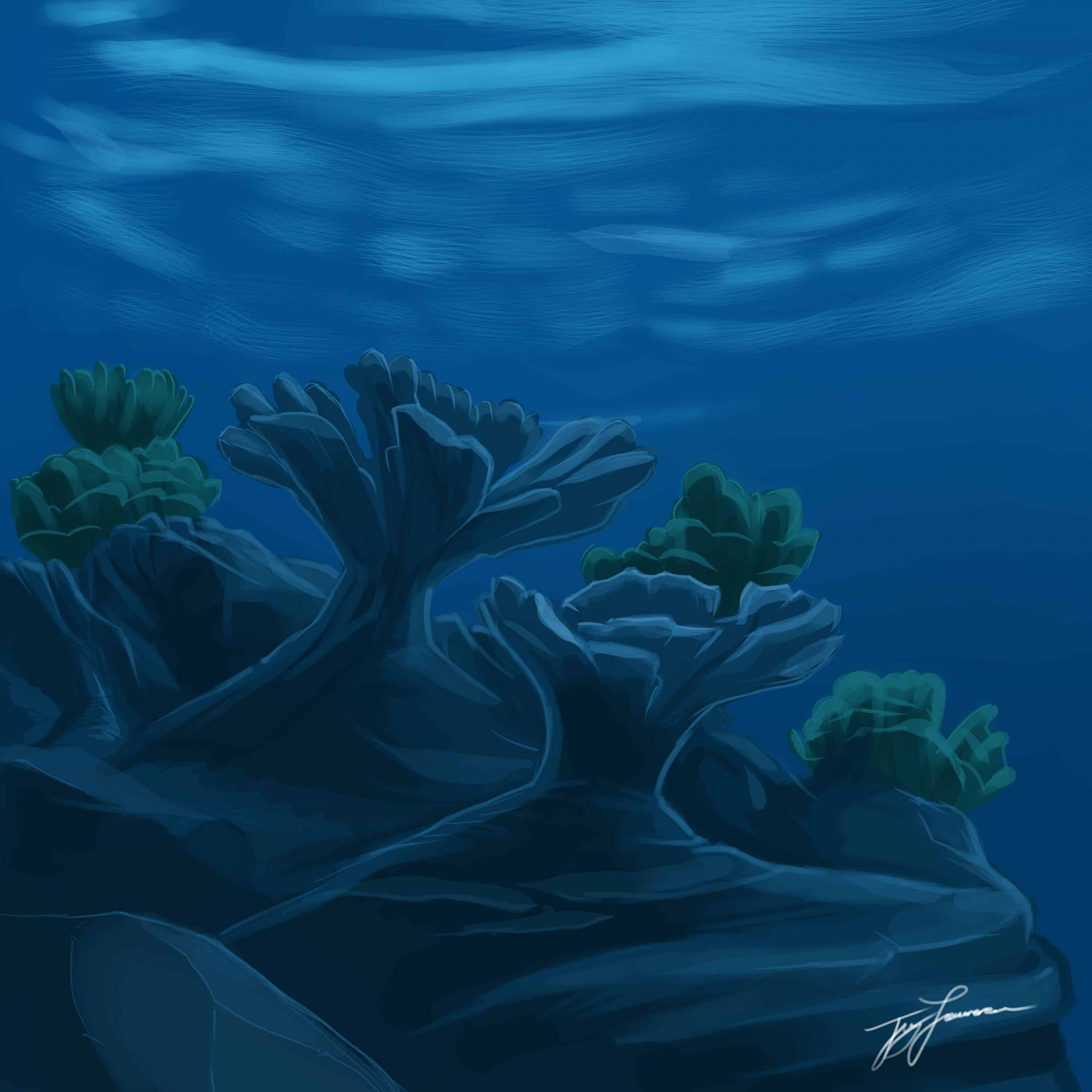Hawaii is set to ban sunscreens containing oxybenzone and octinoxate. According to Senate Bill 2471, which was passed by Hawaiian state lawmakers in May and will go into effect in 2021, the two compounds contribute to coral bleaching and are harmful to marine ecosystems.
“Coral bleaching describes the phenomenon whereby corals lose their colour [so] their appearance becomes ‘bleached,’” explained Igor Lehnherr, an assistant professor in the Department of Geography at UTM, in an email to The Varsity. “Bleaching occurs when environmental stressors cause zooxanthellae to lose their photosynthetic pigments or to be expelled from the coral.”
Stressors that can cause coral bleaching include warming ocean temperatures, increased ultraviolet (UV) radiation, the presence of certain pollutants in the oceans, and ocean acidification.
However, it is unclear whether the extent of pollution is similar on Canadian coastlines and whether deep cold water corals are experiencing catastrophic bleaching events.
Rising water temperatures from greenhouse gas accumulation is still the primary cause of mass coral bleaching, but scientists acknowledge chemicals like oxybenzone and octinoxate also contribute to bleaching events. The two chemicals kill developing coral and increase the likelihood of coral bleaching, even at temperatures below 30.5 degrees Celsius.
“Corals can recover from bleaching episodes, and some coral species are more resilient than others,” said Lehnherr. “However, the increasing frequency of bleaching events hampers the coral’s ability to recover, increases mortality and is a threat to the long-term future of coral reefs.” The mass deposition of oxybenzone and octinoxate only exacerbates coral bleaching.
Each year, high volumes of sunscreen-wearing tourists travel to sunny coasts like that of Hawaii’s and, in turn, reefs are exposed to thousands of tons of sunscreen per year. Oxybenzone is found in parts per trillion concentrations off the coast of Barrow, Alaska to parts per billion on coral reefs in the Caribbean, Pacific, and Red Sea. In Honolua Bay, on the northern end of Maui, Hawaii, 1.9 parts per billion of oxybenzone were measured in 2015.
On Canada’s coast, there are the Atlantic deep-water coral habitat and the Pacific rocky reef habitat. They provide a complex habitat that is important for a variety of deep sea species. Canada should especially pay attention to regions that see a high number of tourists. Research efforts are already underway to protect Canada’s deep-water corals, but the country needs to determine whether or not it should follow in Hawaii’s footsteps.
For a similar policy to pass in Canada, researchers must determine whether any chemicals found in sunscreens are contributing significantly to the destruction of the aquatic ecosystems on Canadian coastlines.
“We’d have to think about whether it would be likely for reefs in Canada to be exposed to the same chemicals that the reefs near popular tourist destinations like Hawaii might be,” said Lehnherr. Like microbeads, wastewater effluent containing oxybenzone and octinoxate get washed off people in showers and pools, and this will have to also be assessed when determining the level of potential harm.
This is not the first time Canada has had to consider the environmental harm caused by household products. A recent example of this was the federal government’s ban on microbeads following a scientific review confirming its harmful effects.
Microbeads contain fragments of plastic and are found in lakes, rivers, and streams, and they take centuries to disintegrate. The ban is expected to go into full effect starting July 1, 2019 — microbeads in natural health products and non-prescription drugs will be the last items added to the list of prohibited products.
However, such policy changes take years to implement. A ban on oxybenzone and octinoxate in sunscreens will be an equally difficult undertaking that could affect mainstream sunscreens brands or cosmetic products that contain added UV protection. Banning these two chemicals may drastically reduce the selection of safe and effective sunscreen products available on the market.


